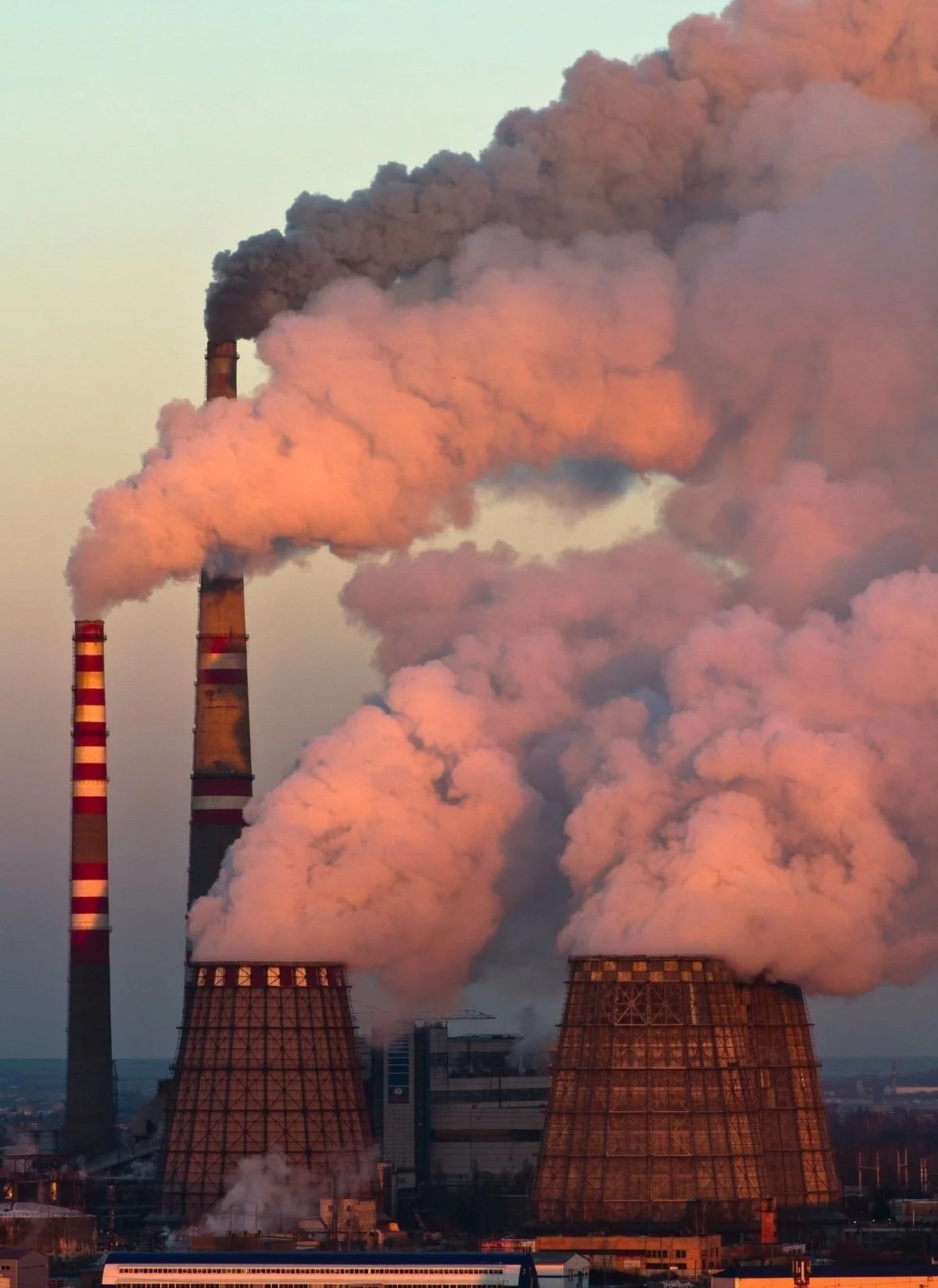Australia’s First National Climate Risk Assessment: What’s at Stake
Australia has released its first National Climate Risk Assessment (NCRA), offering a national baseline of how climate change may alter health, infrastructure, economy, communities and more (Department of Climate Change, Energy, the Environment and Water (DCCEEW), 2025). The assessment does more than catalogue risks, it also highlights urgent pressure points and choices ahead for governments, business and society.
Key findings from the NCRA
The first pass of the Assessment identifies 56 nationally significant climate risks, and designates 11 priority risks for deeper analysis (DCCEEW, 2025a).
Risks span eight functional systems: communities (urban, regional, remote), health and social services, economy/trade, infrastructure and built environment, natural environment, primary industries, water security, and supply chains (DCCEEW, 2025).
Climate hazards like heatwaves, floods, droughts, and storms intensify under every plausible warming scenario (1.5°C, 2°C, 3°C) (Climate Council, 2025).
Under a 3°C warming scenario, heat-related deaths could rise by ~440% in Sydney and ~420% in Darwin (Climate Council, 2025; The Guardian, 2025).
Flooding and coastal hazards may expose some 1.5 million Australians to coastal risk by 2050 (Climate Council, 2025).
Economic costs from extreme weather may reach A$40 billion per year by mid-century, with property value losses potentially in the hundreds of billions (The Guardian, 2025; Grant Thornton, 2025).
Risks cascade: strain in one domain, for example health or energy, can amplify damage across others, for example infrastructure, supply chains (The Guardian, 2025).
In essence, climate risk for Australia is systemic, interconnected and escalating.
Graph source: Australia’s National Climate Risk Assessment (2025), Health and Wellbeing Technical Report, Department of Climate Change, Energy, the Environment and Water (DCCEEW). Figure 51: Modelled increase in heat-related mortality for a range of cities by global warming level compared to the current period.
Outlook and what’s next
The NCRA highlights that while many impacts are already locked in, timing, scale and coordination of responses will decisively shape outcomes. As warming progresses, near-term risks (to 2050) tend to rise from moderate or high to “very high” or even “severe” under higher-warming scenarios (Grant Thornton, 2025). The difference between 2°C and 3°C can lead to tipping points in ecosystems, habitability, and infrastructure resilience (DCCEEW, 2025).
One clear takeaway is that early adaptation action is more cost-effective than delayed reaction. The Government’s complementary National Adaptation Plan is meant to translate the NCRA’s evidence into coordinated policy, roles, and sectoral strategies (DCCEEW, 2025). That plan emphasizes flexibility, ongoing monitoring, and iterative policymaking to respond as risks evolve (DCCEEW, 2025).
Another crucial horizon lies in building resilience into core systems, energy, water, transport, health, and ecosystems, so that when one domain is stressed, it does not knock out others in a chain reaction of failure. Infrastructure planning must now embed climate stress testing, redundancy, and adaptive capacity. Equally, regional and Indigenous communities must be front and centre of design, not afterthoughts, to avoid exacerbating inequality in exposure and capacity to respond.
References
Department of Climate Change, Energy, the Environment and Water (DCCEEW) (2025). Assessing Australia’s climate risks — NCRA overview. https://www.dcceew.gov.au/climate-change/policy/adaptation/ncra
Department of Climate Change, Energy, the Environment and Water (DCCEEW) (2025a). National Climate Risk Assessment: First pass risk assessment: 56 nationally significant risks, 11 priorities. https://www.dcceew.gov.au/climate-change/publications/ncra-first-pass-risk-assessment
Grant Thornton (2025). Australia’s National Climate Risk Assessment and National Adaptation Plan. https://www.grantthornton.com.au/insights/sustainability-reporting-alerts/sra-2025-3-australias-national-climate-risk-assessment-and-national-adaptation-plan/
Climate Council (2025). Compounding climate risk: New government report warns that Australia could face severe impacts. https://www.climatecouncil.org.au/resources/briefing-paper-national-climate-risk-assessment-ncra/
The Guardian (2025). “Cascading, compounding”: five key takeaways from Australia’s national climate risk assessment. https://www.theguardian.com/environment/2025/sep/15/australia-national-climate-risk-assessment-summary-five-key-takeaways-heat-related-deaths-economic-cost-climate-change




